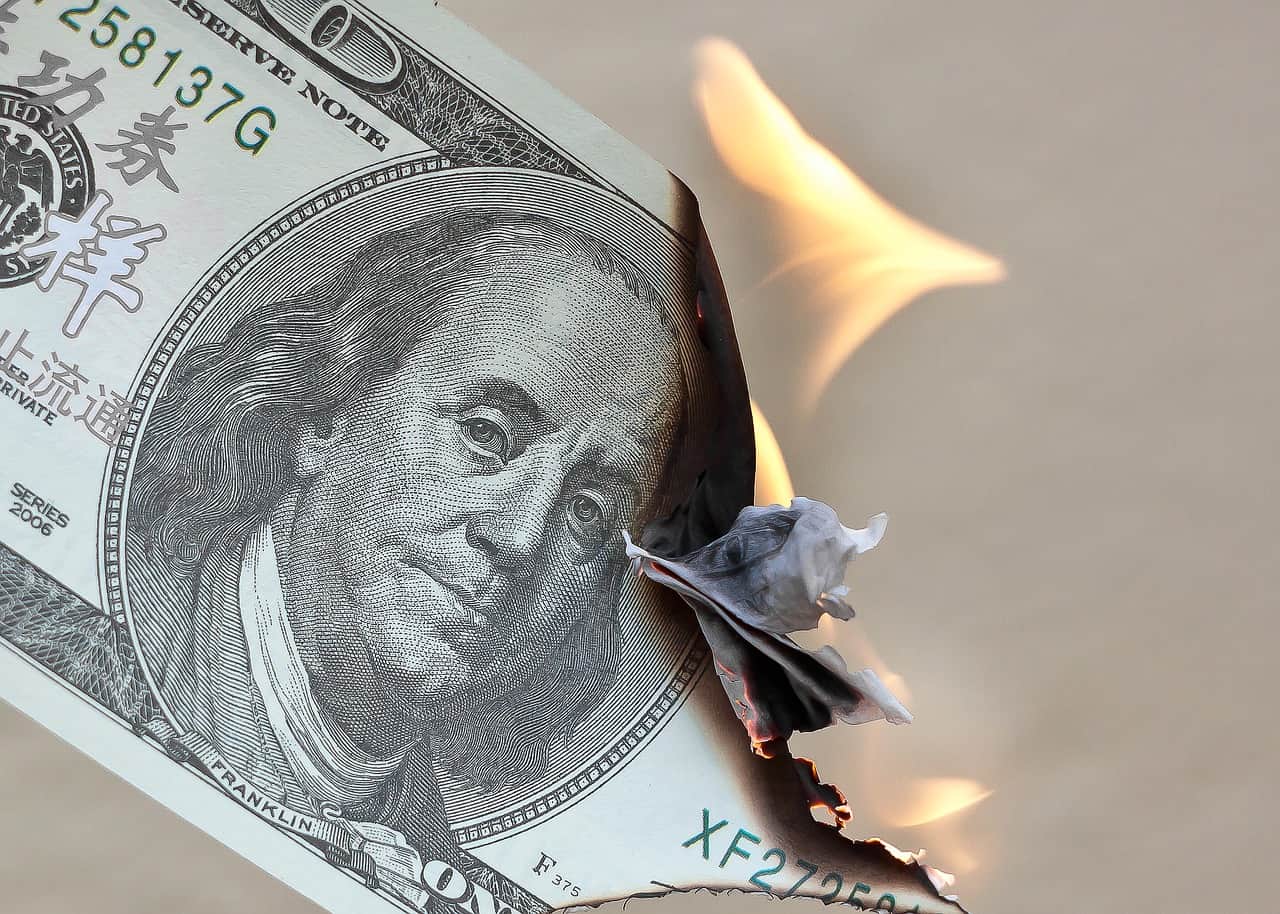What is the real cost of employee experience or let me say the cost of not strategically working on it? I can give you several studies and theories and research, but it will be all in vain. Instead, let me tell you about a real incident that I came across recently and you make up your own mind.
I was recently in conversation with a person who used to work at one of the “unicorns” in India. The company has been on a very fast-paced growth for a few years fueled by deep investor pockets. The person had a very short stint at that company, and I got curious so asked him what the reason for him leaving was. He told me that it was the norm for people to leave the company in 6 months. The attrition rate in the company is around 50%. Yes, you read it right!
Let me ask you, do you think this is normal and in the best interest of the business?
Let’s look at some numbers to make sense of all this. The company has around 12,000 employees on the rolls. By safe estimates let’s say that the average salary at the company is ~US$15,000. The annual cost of salary comes to US$180,000,000!! That’s a whopping 180 MILLION DOLLARS!!
Some studies say that it costs an average of 6-9 months salary when an employee leaves the company. This cost includes finding the right replacement and getting the new person on to the same productivity. You can read more about it here. Let’s say that it’s not true and this company has formulated a way to get employees productive very fast. Even then the person will at least take 15 days to get up to speed. The trend these days is to have a long notice period of say 2-3 months. Do you think the employee is productive during this period? Moreover, the company is replacing almost half of the organization every 6-9 month period. This means there is a hiring cost of interviewing the replacement and getting the new employee on board.
In effect, the company has lost overall productivity of at least 2 months out of the 6-9 months average stay of the employee in the organization. i.e. 25-30% of the salary down the drain. What does it account for? Over US$50 Mn per year. Let me say it again. The company is losing US$50 Million a year without knowing. Yet, their eyes are still shut. I will let you decide if that is a significant impact on the company or not.
The question is that did it happen overnight?
The answer is NO. Somewhere when the company was around 100-200 employees, someone would have asked the CEO: “Are you looking to build employee experience that can help you when you grow very fast and keep your employee turnover and employee productivity in check?”. And he would have answered: “No we are very busy right now”. The same question would have popped up when the company would have been 500-1000 employees odd and the answer would have been the same.
Cost of employee experience inefficiencies only increase exponentially with scale
The inefficiencies that might have looked small at the initial stage have become humongous at this scale. You know when the company scales, so do the inefficiencies that are part of the system. Let me ask you yet another question. Is it easier to inculcate the right behavior and habits in a system when there are 100-500 employees or when the employee strength is 10,000? In any case, it is better late than never.
So just to answer the main question. Not working on employee experience has a very tangible cost. However, the experience itself is not tangible. But you can make it tangible by measuring it and strategically working on it.
Let me put a blatant sale pitch in the end. Our AI platform Agnya helps you fix the leaky bucket. Talk to us today at [email protected] today to see it in action.

